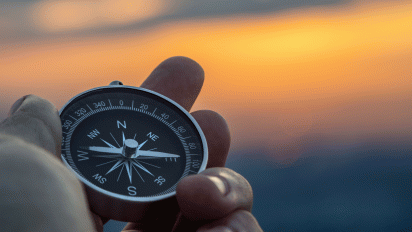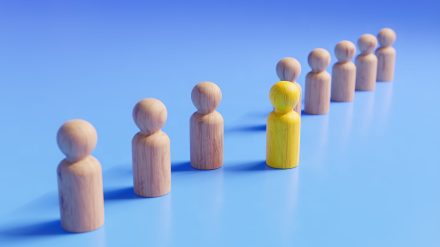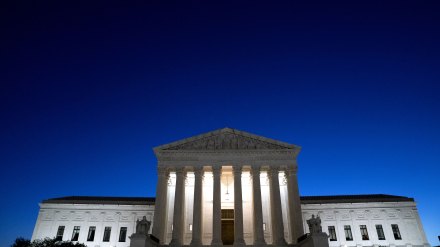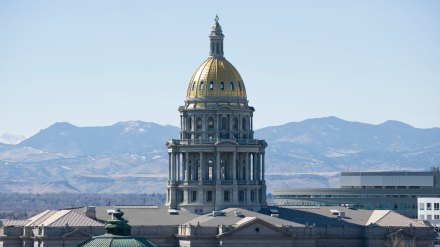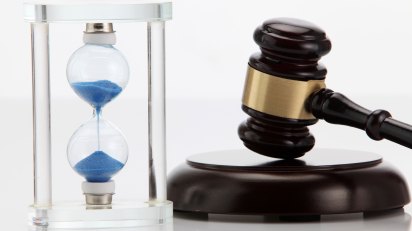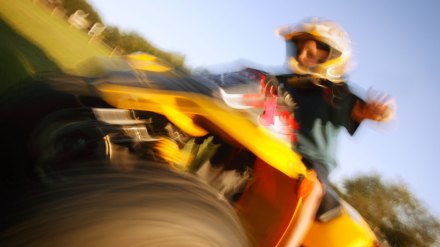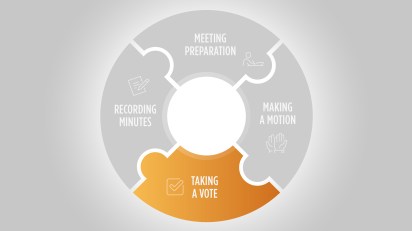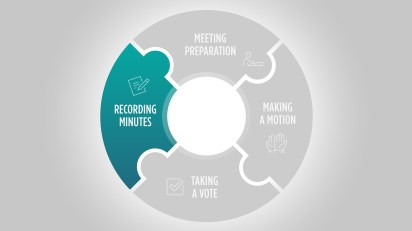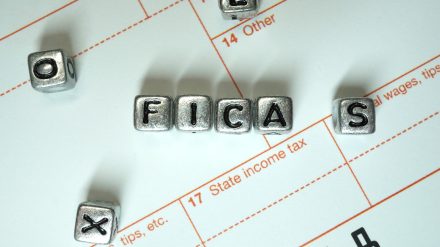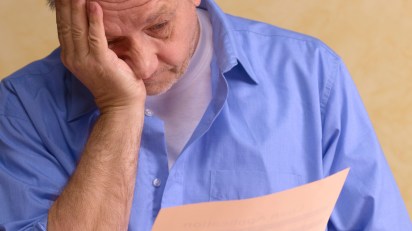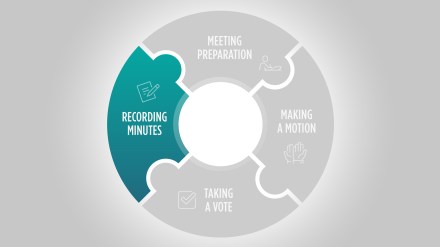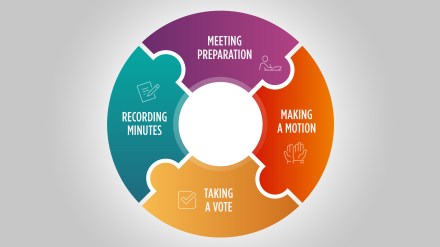Crafting and implementing an employee discipline process at your church is does not demonstrate poor confidence or some admission of anticipated failure. Rather, it is a way of building solid ground rules for when employee performance issues inevitably arise.
Every employer has the best of intentions when they hire someone, and employers always try to hire the most qualified individuals who will fit within the employer’s culture and immediately exceed expectations. Churches are no exception.
But the reality is some new employees do not perform—or fit in—as expected. Other employees miss the mark even years after their start dates.
Whether the “nirvana” of a new hire fades, a veteran employee begins repeatedly falling short, personality conflicts arise, or an outside factor—such as an arrest—surfaces, the employer must address poor performance or missed behavioral standards.
Here’s what to do when discipline is needed.
Employee discipline requires solid ground rules
A church should first clearly communicate the rules it intends to enforce against employees who fail to meet expectations.
The job description and employee handbook establish these expectations. The job description describes performance expectations of the position, while the employee handbook describes the behavioral rules applicable to all employees.
Caution. When the church communicates through job descriptions and an employee handbook, it must be careful not to unintentionally create a contractual obligation with employees.
The employee handbook should also contain the disciplinary rules applicable to all employees.
Employee discipline begins by addressing minor infractions and progresses to more serious ones.
A typical employee handbook provision might say:
Violation of church policies and rules might warrant disciplinary action. Forms of discipline that the church may elect include verbal corrections, written warnings, final written warnings, and/or suspensions and terminations. The system is not formal, and the church may, in its sole and absolute discretion, deviate from any written disciplinary policy and utilize appropriate forms of discipline under the circumstances, including immediate termination. The church’s disciplinary policy does not limit or alter the employee’s at-will status.
Disciplinary systems
While a progressive discipline system remains the most popular disciplinary system, smaller employers frequently favor a corrective disciplinary system.
In other words, the supervisor selects the type of discipline based on the facts and circumstances of the situation. While this system is more flexible than the progressive discipline system, churches must use extra caution to ensure that similarly situated employees get treated similarly.
Read more about how a religious school could be sued for unlawfully terminating the employment of an unmarried pregnant teacher after the court determined the school lacked a policy regarding sex outside marriage and failed to investigate past treatment of similarly situated employees accused of similar conduct.
The disciplinary system also should avoid certain words that require a church to act in a certain way.
When an employee fails to meet expected levels of performance or behavior, the church typically uses one of four types of discipline.
Verbal counseling. This method allows the supervisor to address the issue immediately with the employee. In every case, the supervisor should create a written memo or note for placement in the employee’s file. This documentation is critical. If it is not in the employee’s file, it is as if the issue never happened.
Written warning. The supervisor should meet with the employee and another employer representative to discuss the issue. The church should allow the employee to review the formal written warning. The written warning should have a place for the employee to sign, demonstrating that the employee received a copy. If the employee refuses to sign, the other employer representative should sign as a witness that the employee refused to sign the written warning.
A written warning should include, at a minimum: the date of the warning, the employee’s name, the name of the supervisor, a factual description of the misconduct or inadequate performance, the exact date of the misconduct or inadequate performance, the signature line for the employee, the signature line for the supervisor, and the signature line for the witness.
As a separate document, the supervisor may attach an action plan for correcting the issue.
The action plan should include a statement of the policy or practice that was violated, the steps the employee agrees to take to correct the problem, any commitments the supervisor makes to assist the employee in achieving the correction, the timeframe for correcting the problem, and the consequences for failing to correct the problem within the set timeframe.
Suspension. If the suspension is the prelude to a subsequent termination, the supervisor should include a written warning and an action plan with the notice of suspension.
Termination. Before terminating an employee, senior management should review the entire personnel file of the employee. Under some limited circumstances, the church should immediately terminate the offending employee.
For example, if the employee exhibits violent behavior or drug or alcohol use while working, the employer should immediately terminate the employee. Termination should occur through an in-person meeting.
Senior management and the supervisor should be present. Senior management should request that the information technology team change all of the employee’s passwords and computer and network access during the meeting.
In the meeting, senior management should request the return of all the church’s property. Ideally, senior management should present the employee with his or her final paycheck during the meeting.
Selecting the right discipline
When selecting a course of disciplinary action, the supervisor should consider the facts and circumstances surrounding the need for discipline. The supervisor should evaluate both mitigating and aggravating factors.
Mitigating factors may include:
- Long tenure
- Long history of satisfactory performance
- Prior commendations or awards
- Any excuses offered by the employee
Aggravating factors could include:
- Short tenure
- History of unsatisfactory performance
- Prior discipline
- The degree to which the employee has responded with a denial of responsibility
The supervisor should check with senior management or the human resources department, if applicable, before disciplining an employee.
Senior management should review the employee’s prior disciplinary history, if applicable.
Employee discipline should be as consistent as possible for similar infractions. Senior management should search the church’s records to determine how it has addressed similar situations with other employees, past and present.
Senior management should consider any harm associated with discharging or severely disciplining the employee for a particular offense.
They should also consider whether the employee is part of a protected class of employees and whether the employee might have a claim that the discipline is retaliation for protected activities, such as whistleblowing.
If any of these factors are present, senior management should consult with an attorney.
Releases
If the termination option is selected, the church should consider whether the release agreement is appropriate. A release is probably unnecessary if the employer has appropriately executed and documented the discipline.
If severance pay is provided, the church should consider a release.
Frank Sommerville partnered with Church Law & Tax to develop a seven-part series dedicated to helping you navigate several employee issues that are unique to churches. Find them all here:
